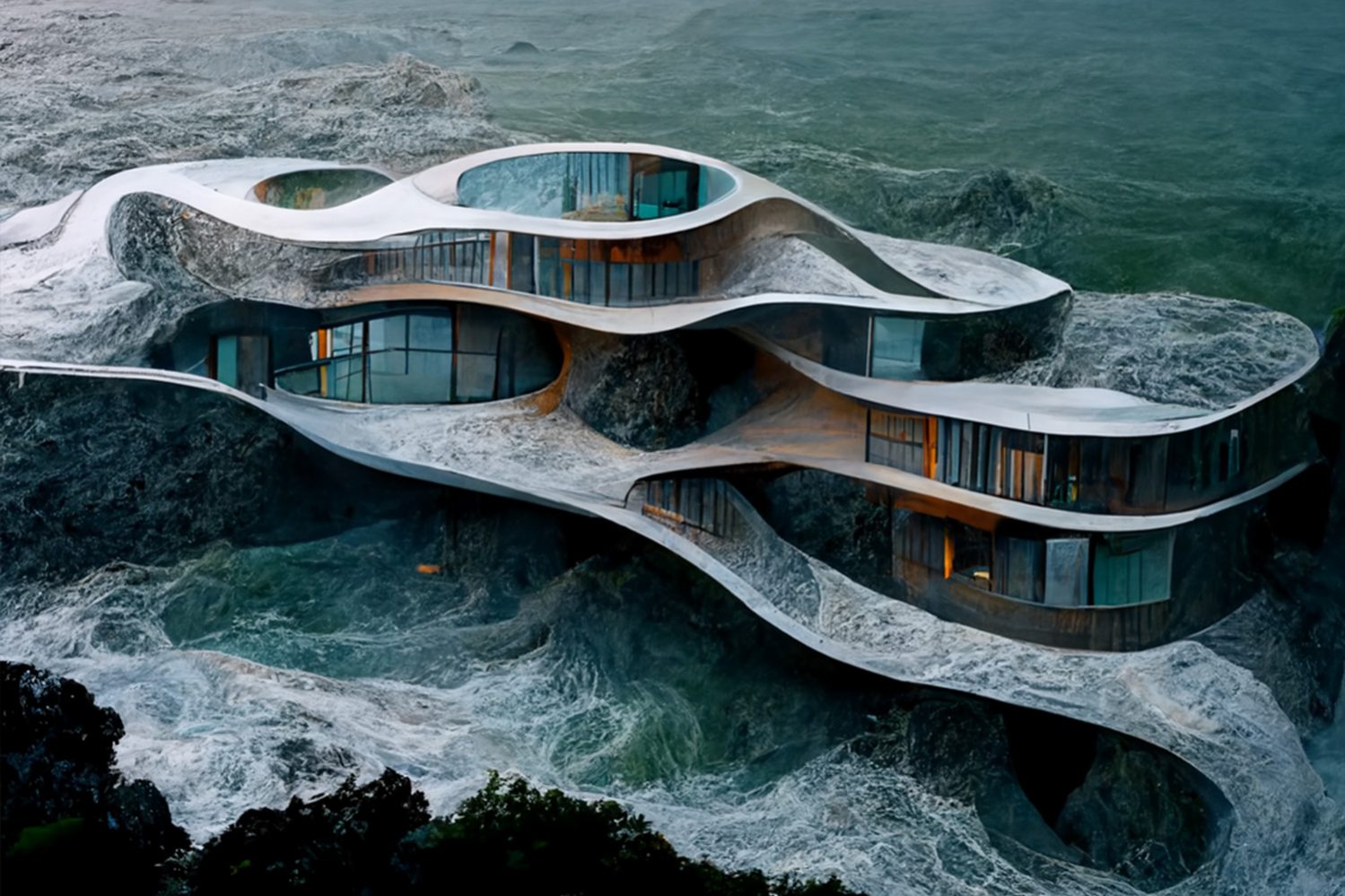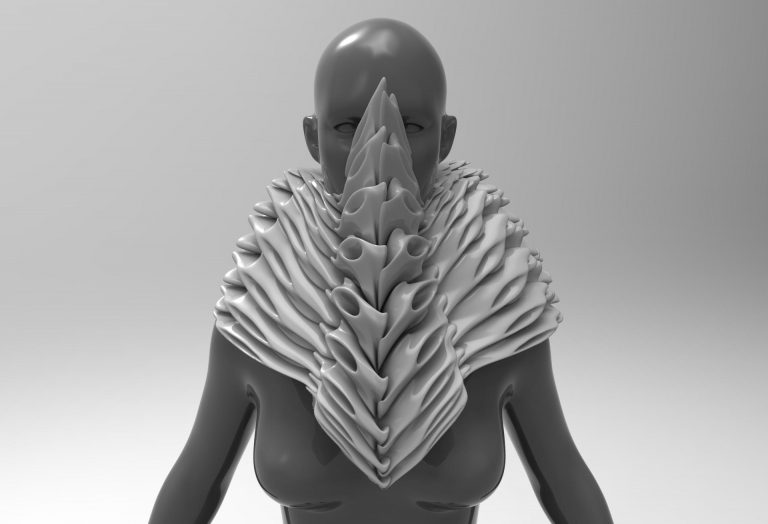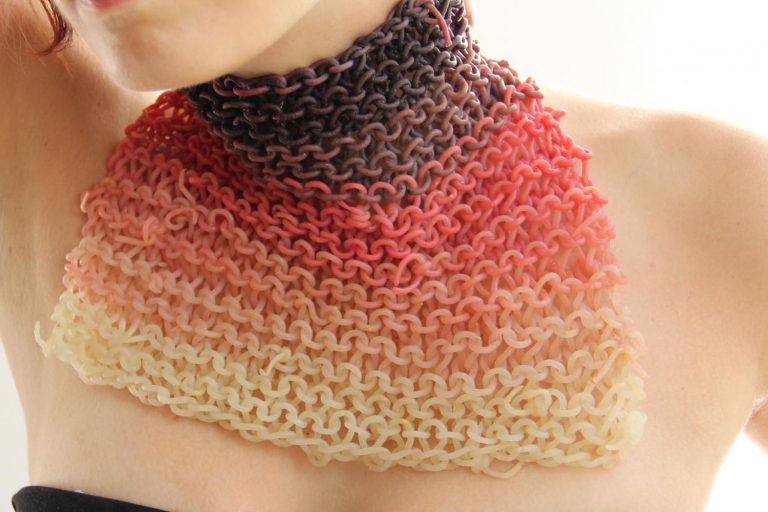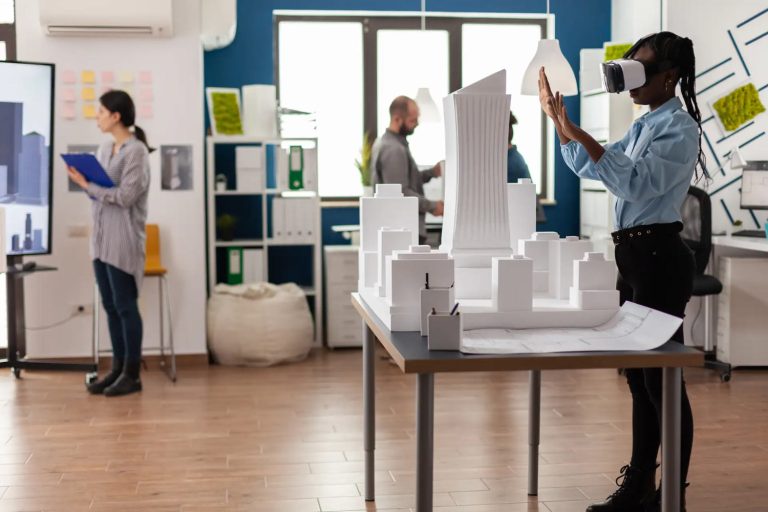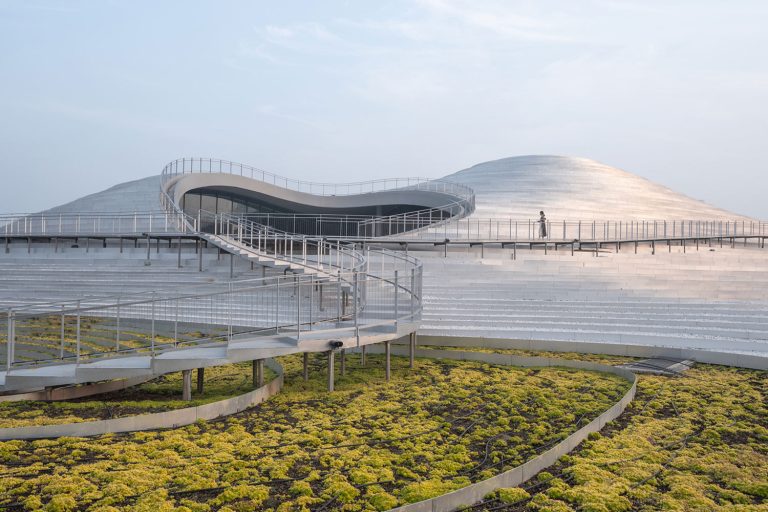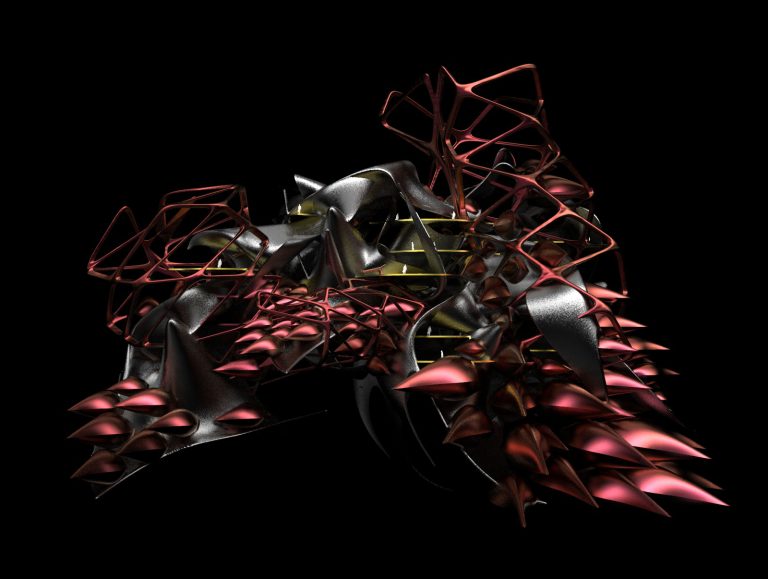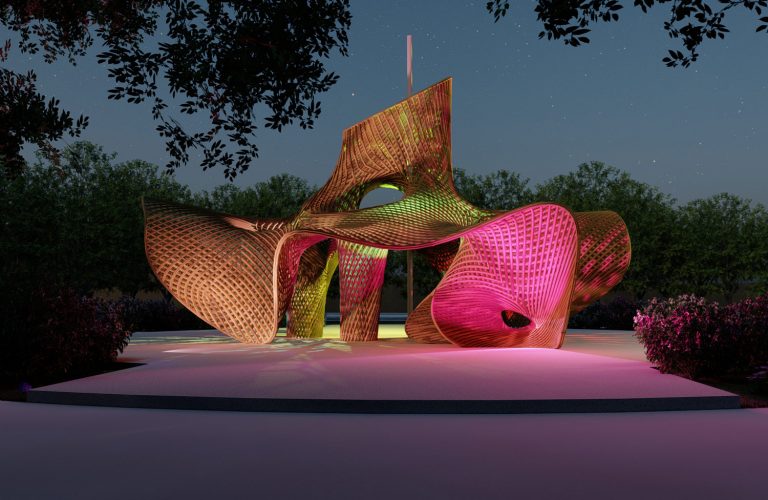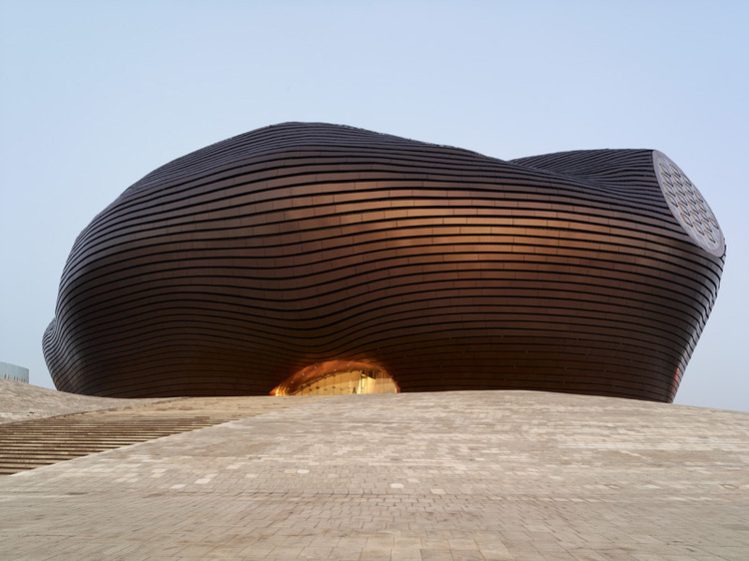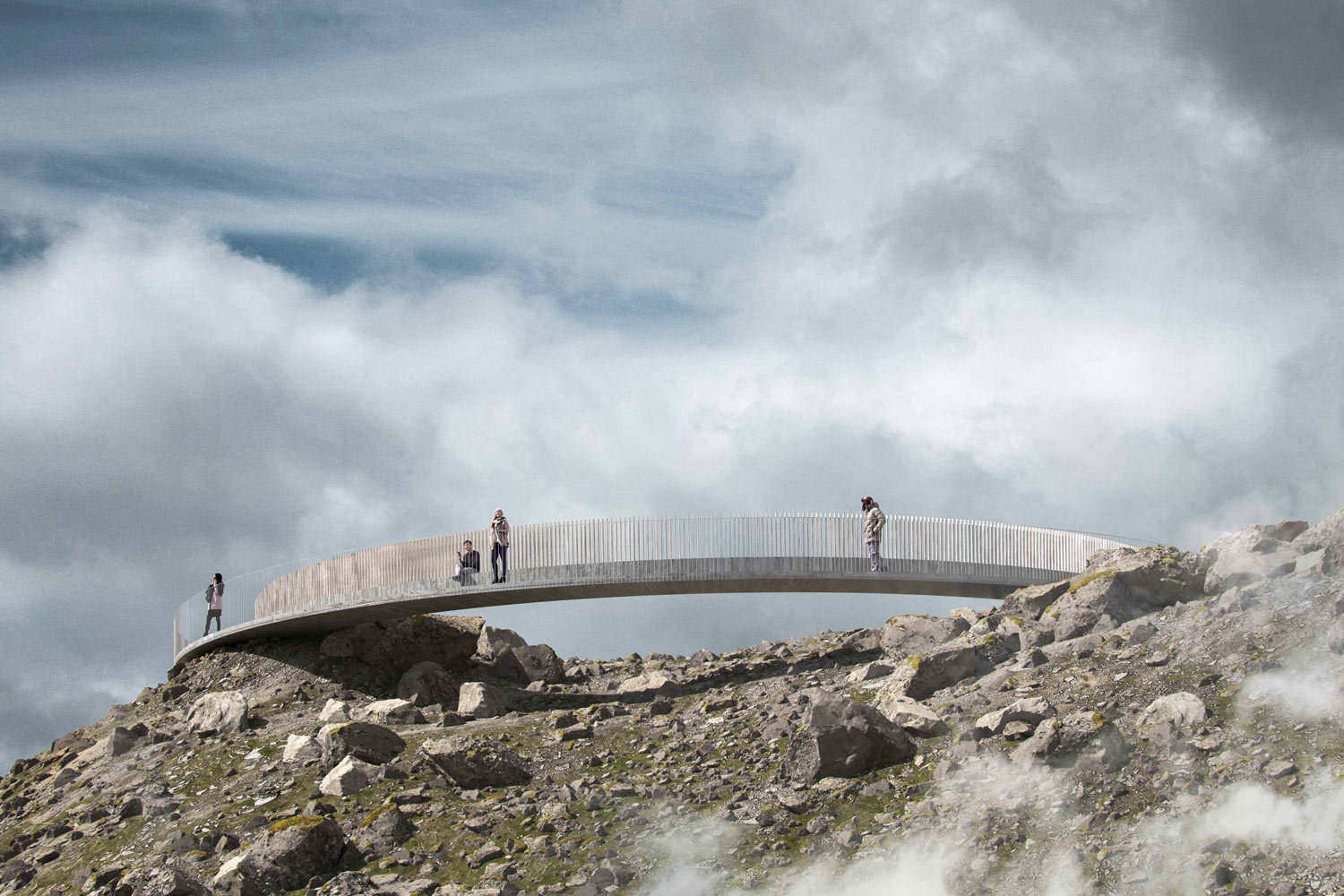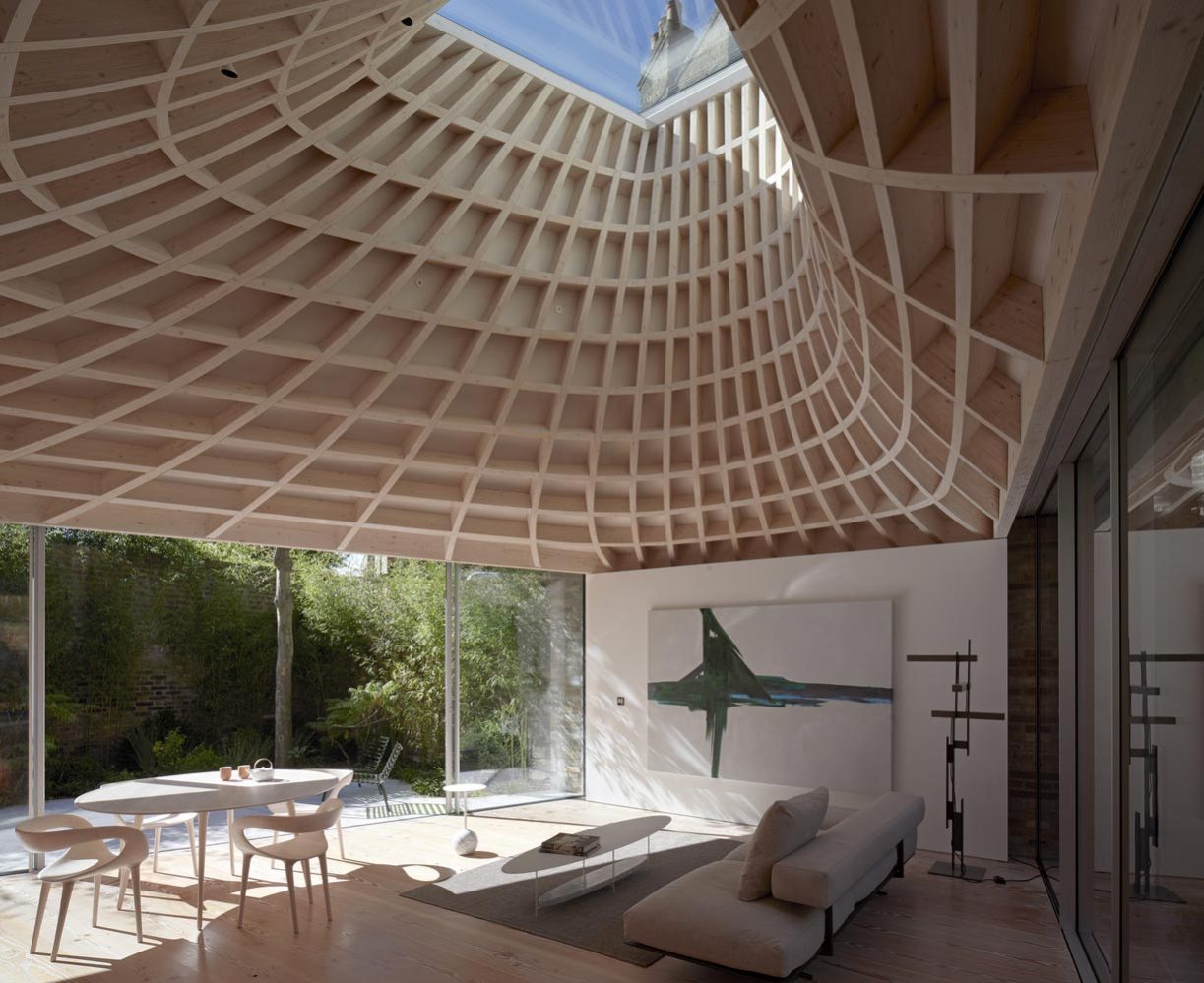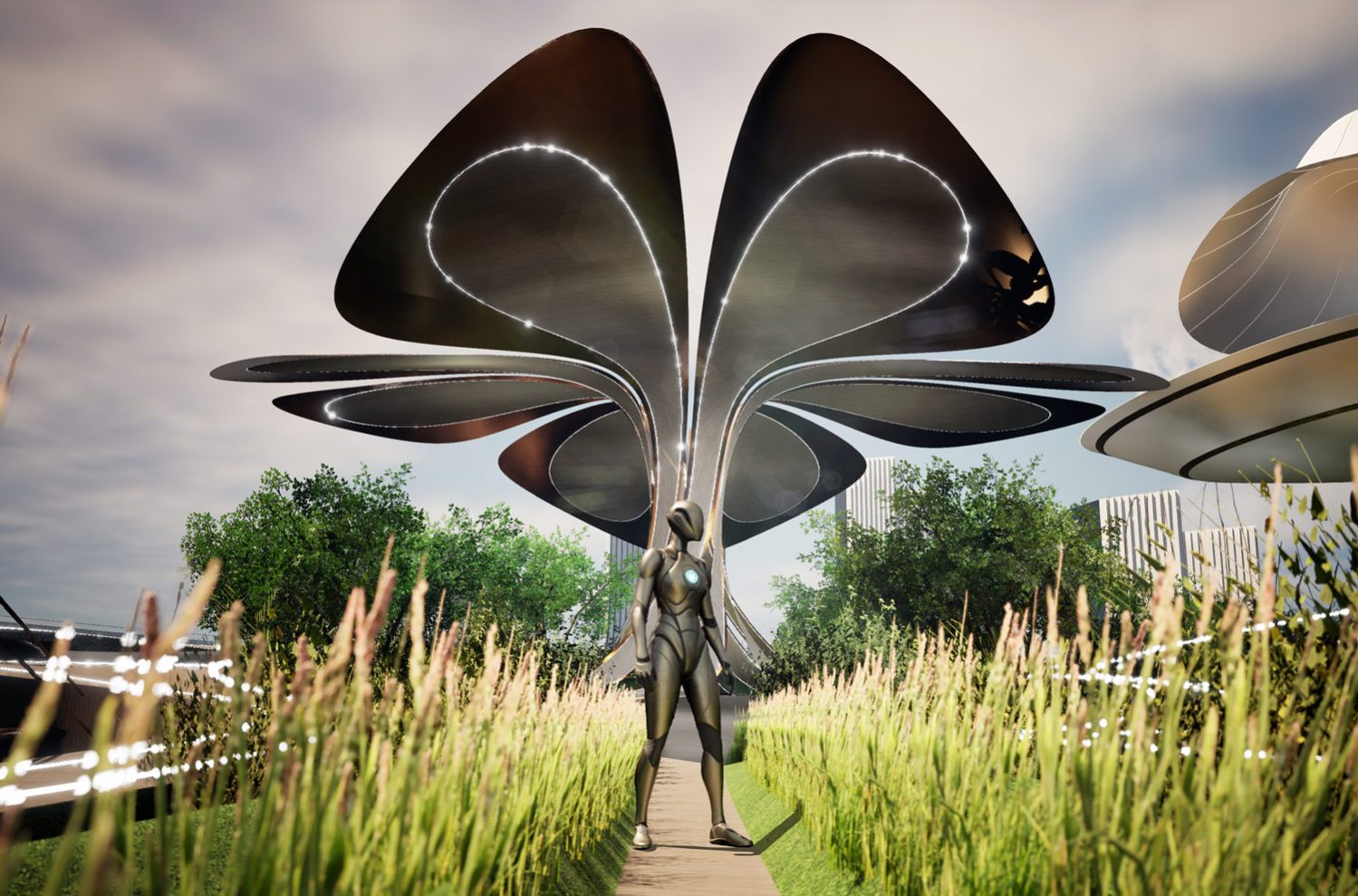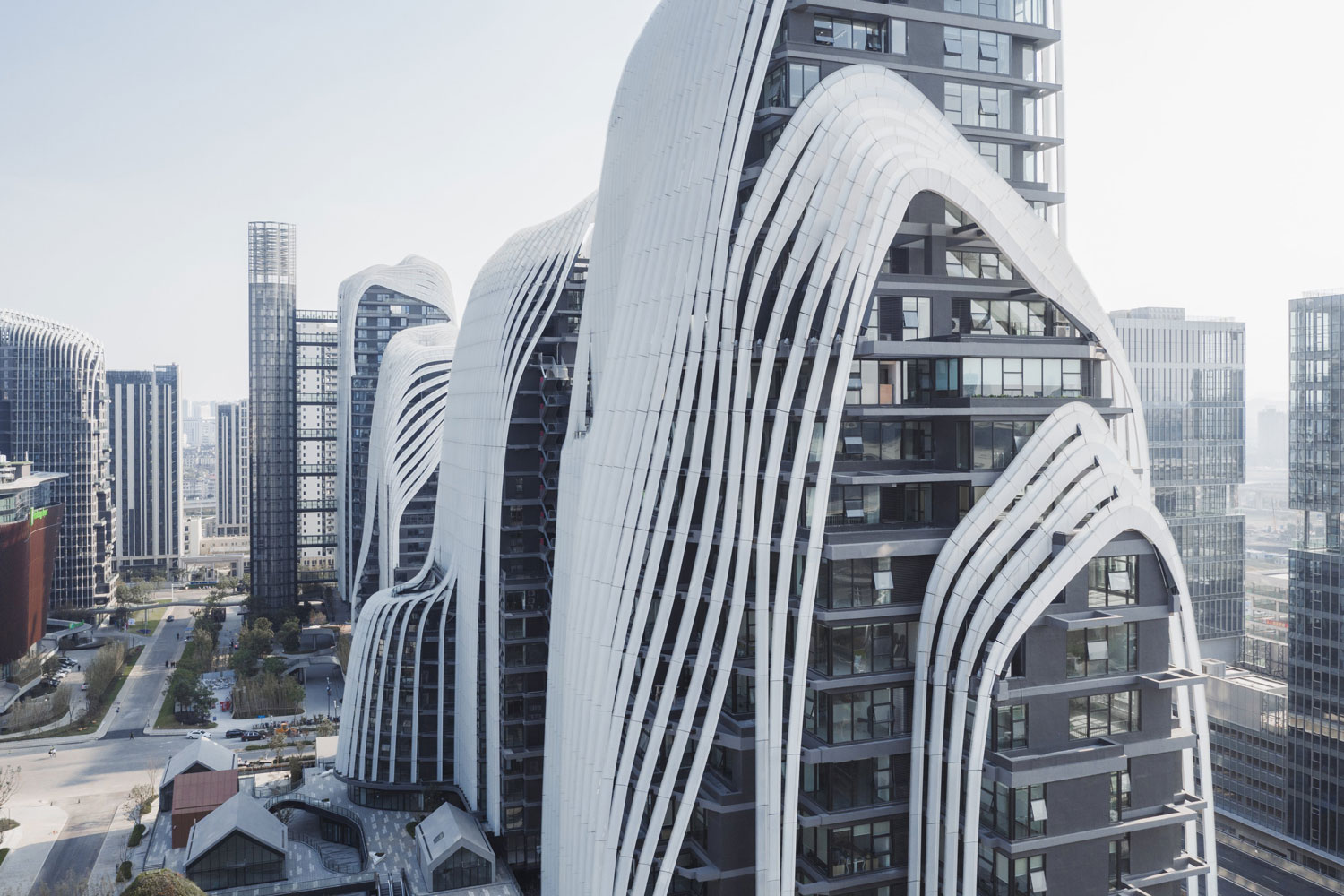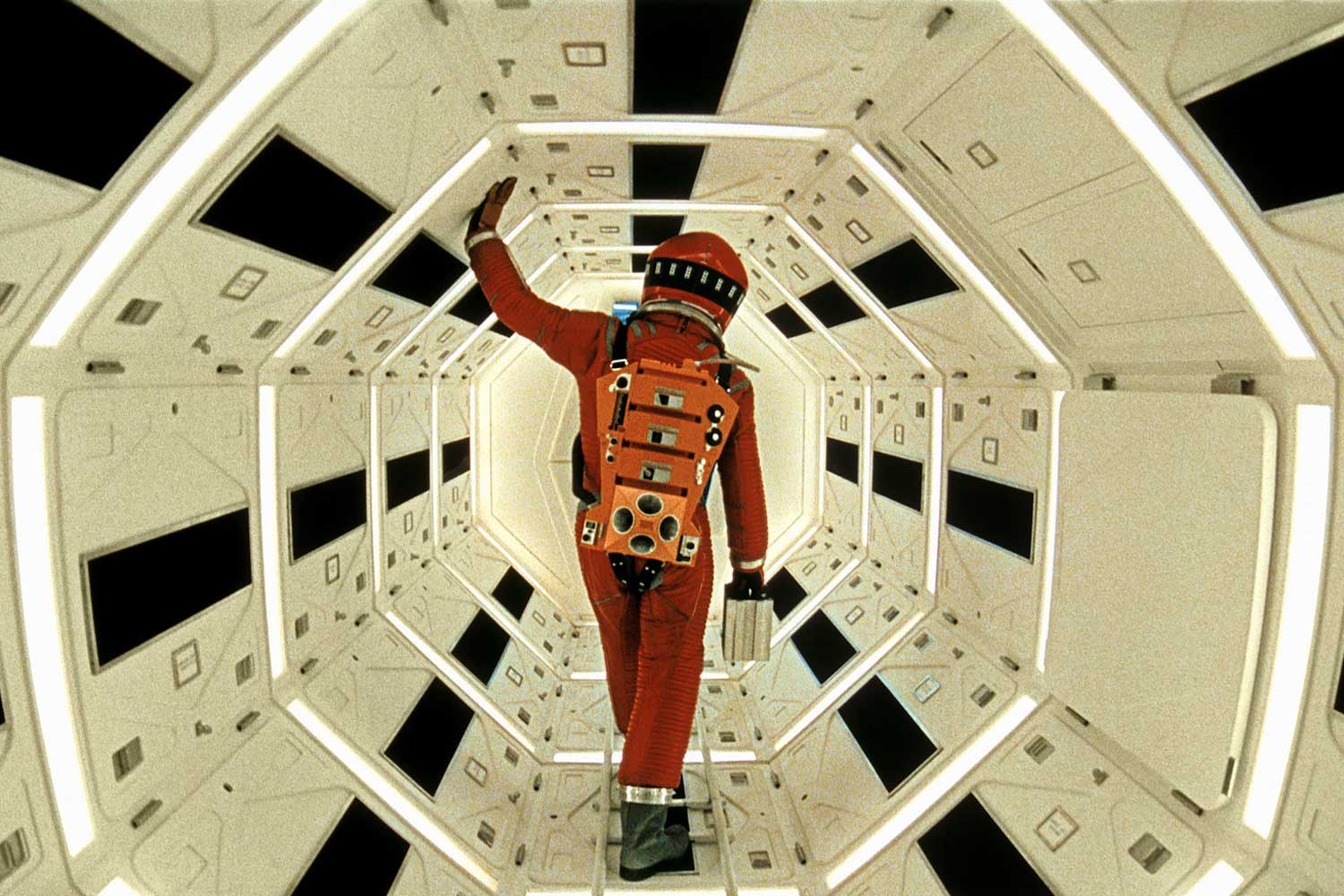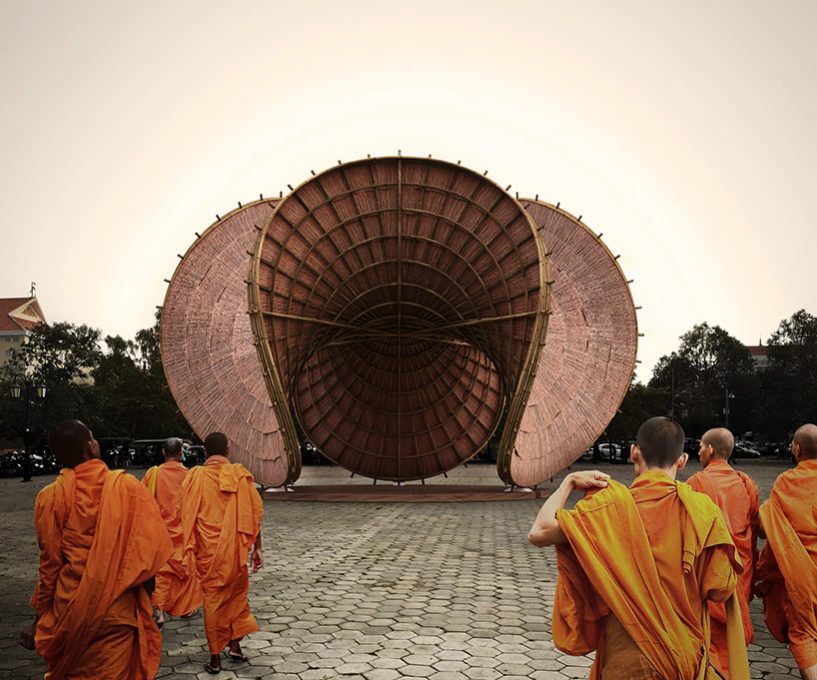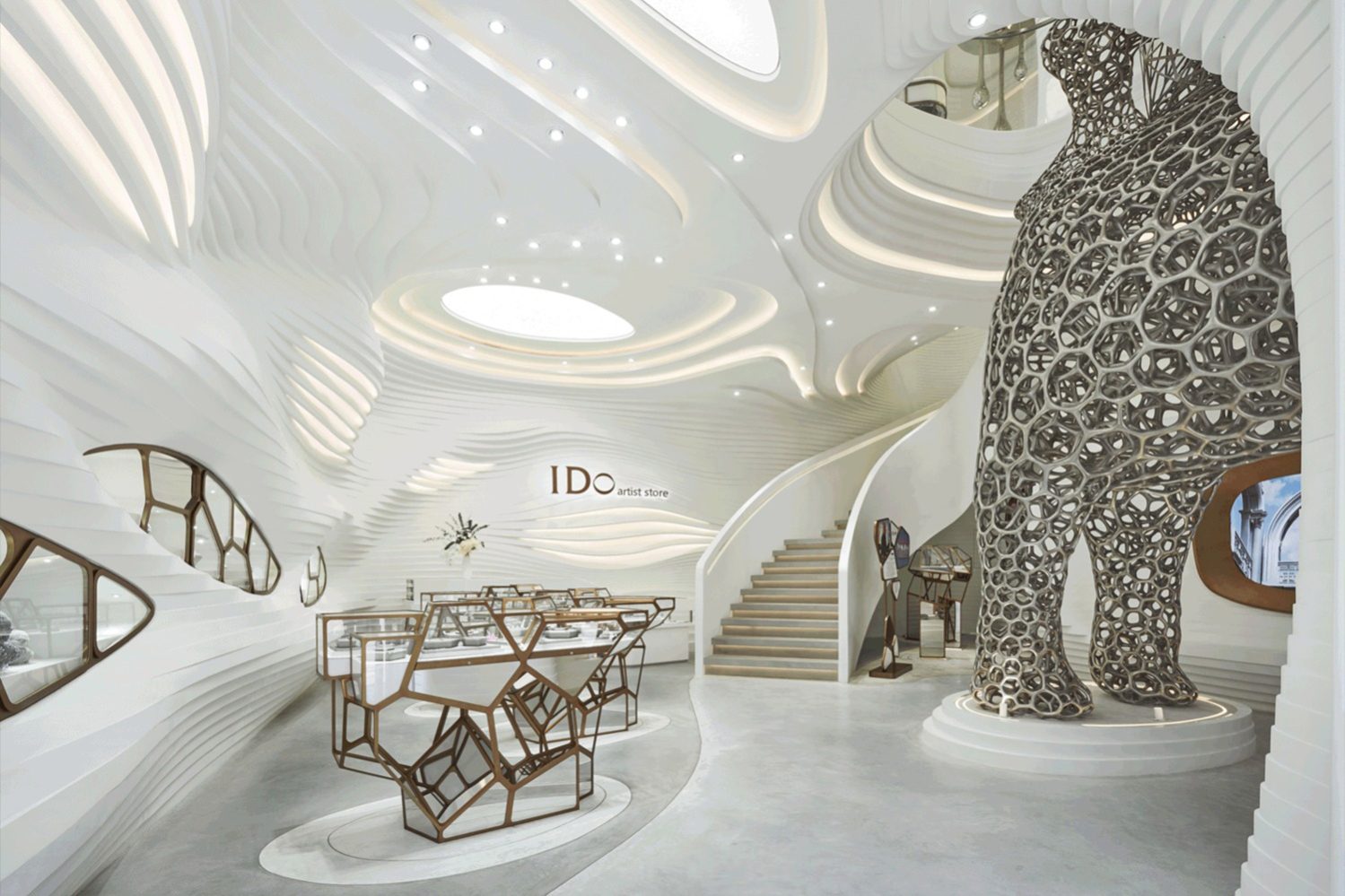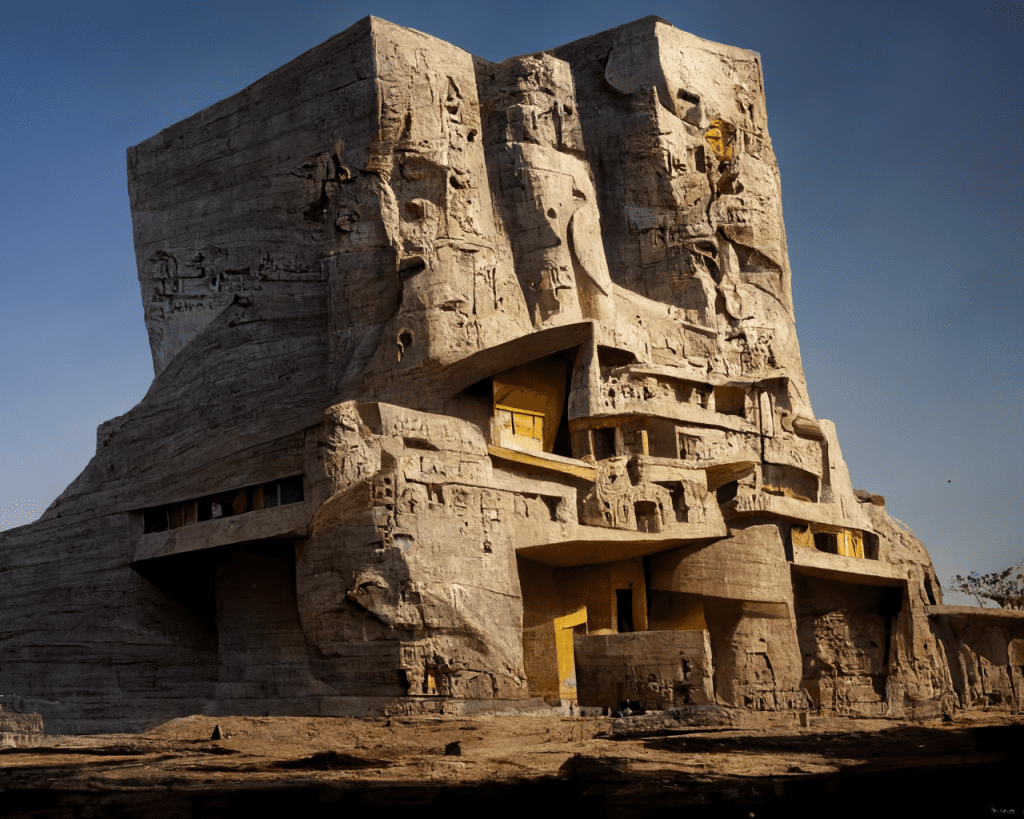
The Advance of Artificial Intelligence
The AI is already shaking the grounds of visual arts, raising questions about artistic democracy, authenticity, ownership, and censorship. In the world of Architecture, the challenges are slightly different. As yet (till this article is written), there isn’t a direct implementation method to the current practice other than using AI tools (such as Midjourney, DALL·E 2, and Stable Diffusion) as a fast conceptualization/sketching medium, broadening the imagination of architects and designers.
Hassan Ragab is an interdisciplinary designer with an architectural and computational design background who is highly interested in visual arts. He reviewed his experience using AI text-to-image generators for Parametric Architecture, which started about two months ago, focusing on Midjourney as the primary tool. He is currently using it to generate digital art.
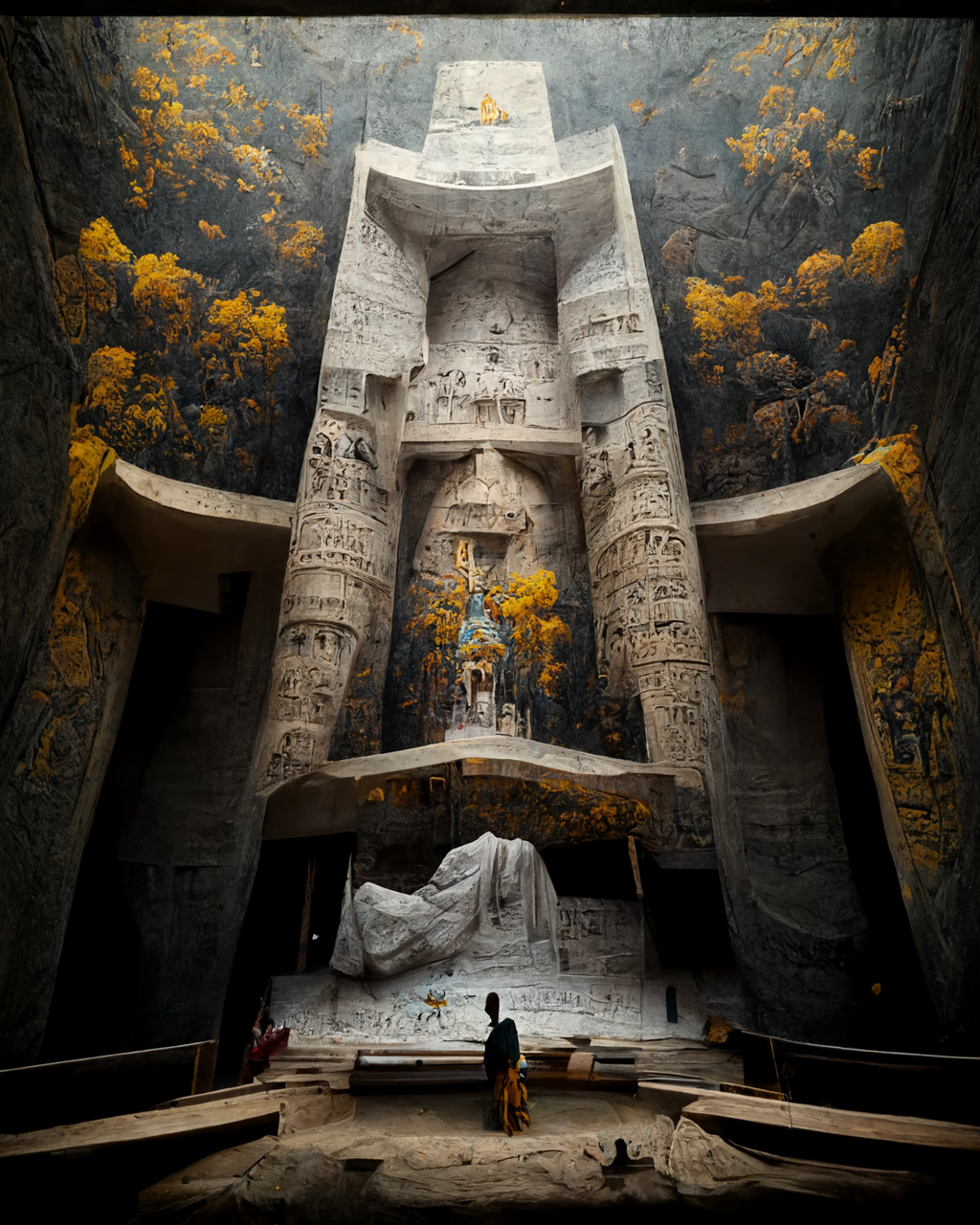
What is Midjourney?
Midjourney is an AI text-to-image diffusion model hosted on a Discord server. It works by inputting textual descriptions or prompts. Primary settings like these prompts (aspect ratio, how much the AI can get creative by ignoring parts of your text, etc.) can be adjusted. The AI bot then will take less than a minute (depending on the mode you are on and the server status) to produce four variations. You then can expand on any of these four results by upscaling or creating more variations (of course, there are more technicalities to prompt craft which everyone is still exploring).
If you are curious to dive deeper into AI architecture and Midjourney, you can check the AI Conceptual Architecture – Studio Hassan Ragab by PAACADEMY.
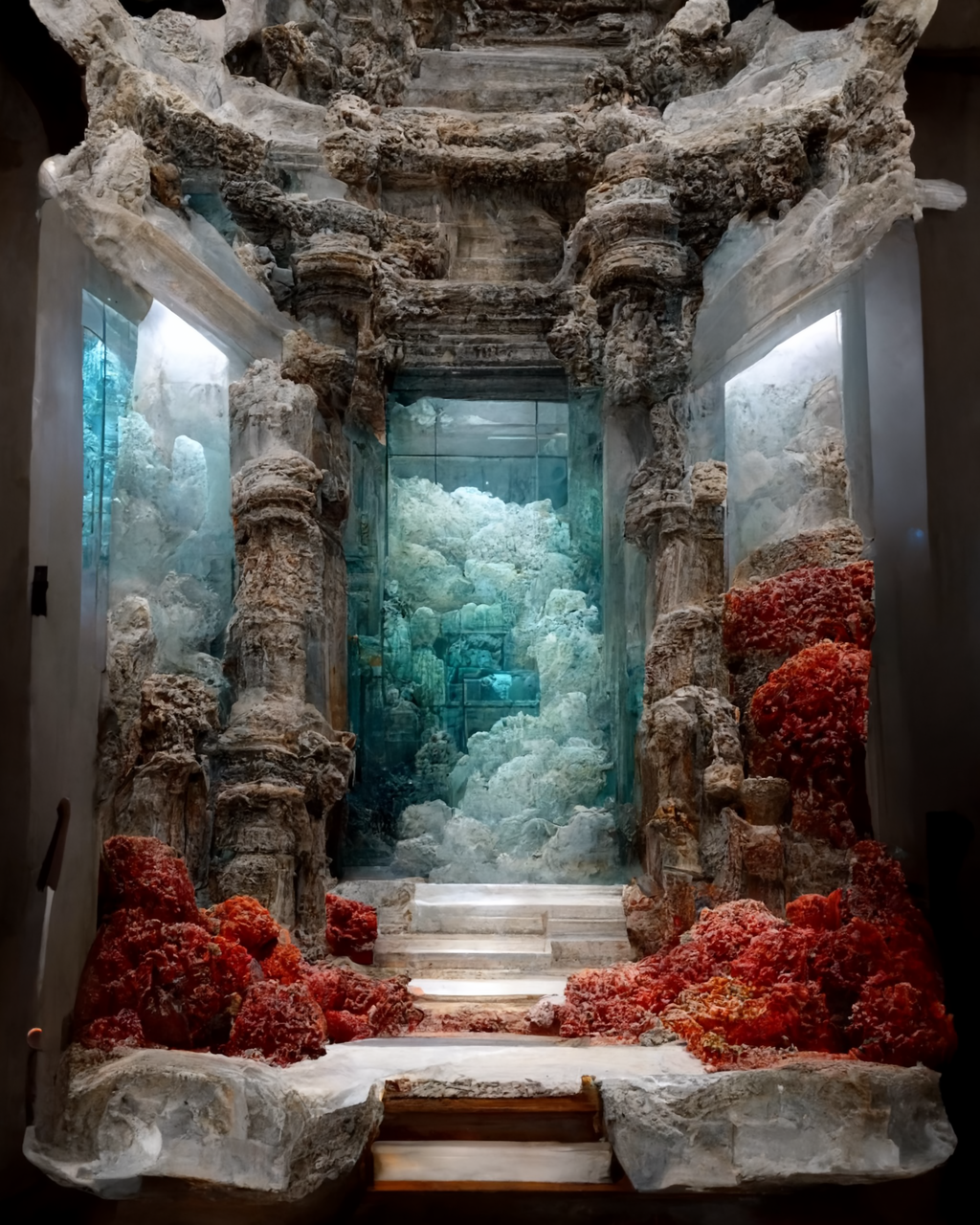
According to Hassan Ragab, Midjourney is a fascinating tool of exploration for the following reasons:
- Expanding the limitations of architectural inspirations through merging architecture with artistic surrealism and abstract movements in a free domain away from the physical limitations.
- Heritage as a source of inspiration. It is important to diversify our understanding of architecture in the era of futurism –both in the natural and virtual worlds. He believes an invaluable visual awareness could be gained from mixing traditional architecture schools with modern art movements and contemporary design vocabulary such as computational design aesthetics.
- Using this tool as more than just a sketching and drawing tool: other than the democracy which these tools imply, within themselves lies profound processes. These processes are perceived as amplified extensions to our understanding of creativity, where all art is connected through a never-ending process of a “parametric copy-paste”. The prompts you use, your decisions on picking variations, and your ratings are all cornerstones of how AI models are trained. As a consequence, those decisions are being fed back not only to you; but to everyone using the tool. So, we are all building these tools together as we are taking a massive part in making our collective imagination.
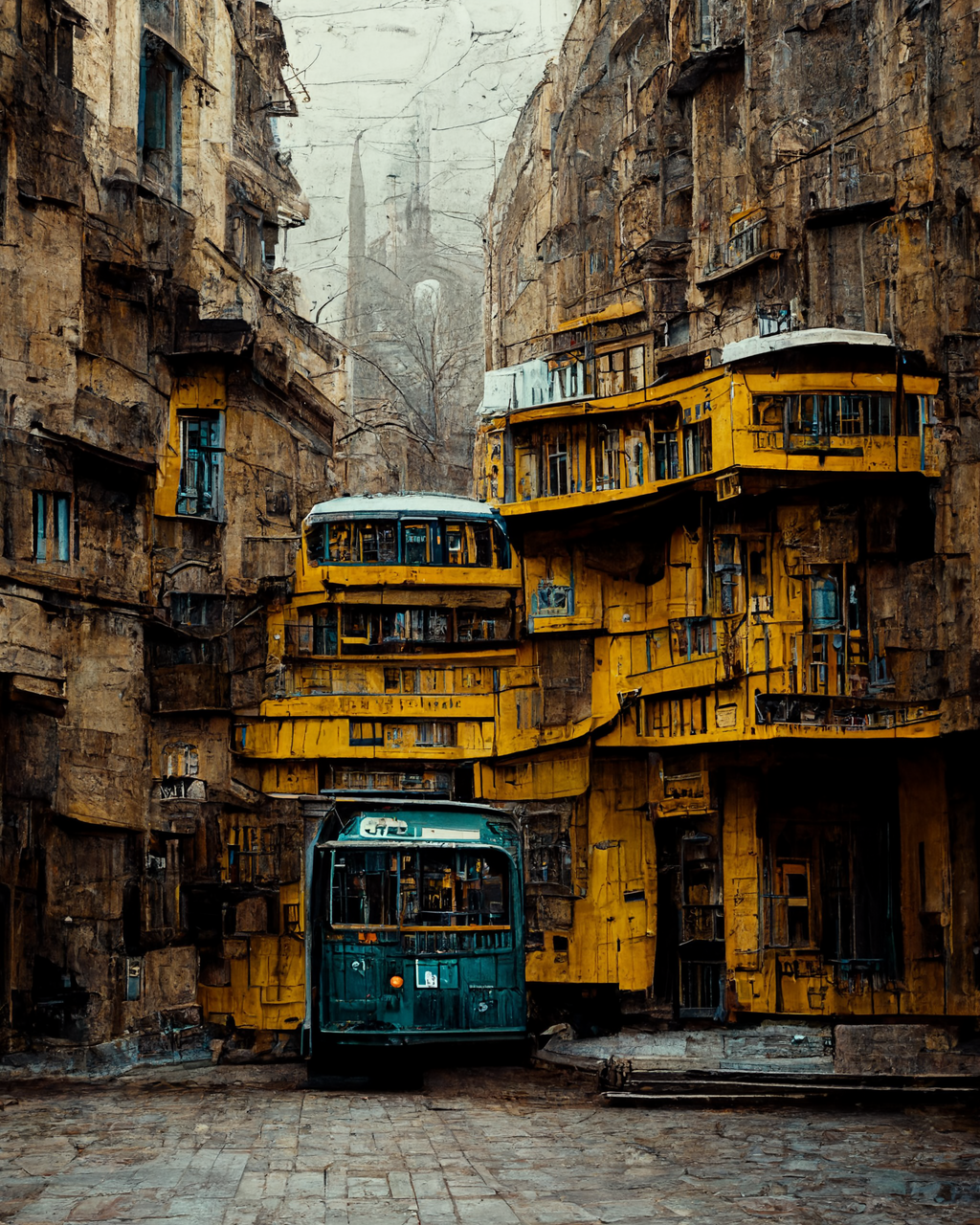
Having a solid opinion about this tool is such a complex endeavor; being in the middle of exploring a tool that itself is in its infancy and evolving at such an unprecedented pace is no easy task.
Here are what Hassan Ragab likes and dislikes about it so far:
Pros
The artistic value: Unlike Stable Diffusion and DALL·E 2, Midjourney models “except for the recent V4 test” are tweaked to favor “beautiful and artistic” results over photorealism. He finds that a meaningful way to work with AI; is to utilize the true power of Ai in your creative process as an extension of your imagination rather than trying to come up with realistic rendering that could be done using other software. Not to undermine the ability of these tools to generate realistic renderings in a matter of minutes as means of architectural presentation, he sees the latter as a low-hanging fruit rather than the essence of working with such tools.
Speed, mobility and accessibility: You are sketching your ideas on the fly, faster than any other human before. All you need is a Discord app on your advice, and you are ready to go —another key element of how this tool amplifies human creativity.
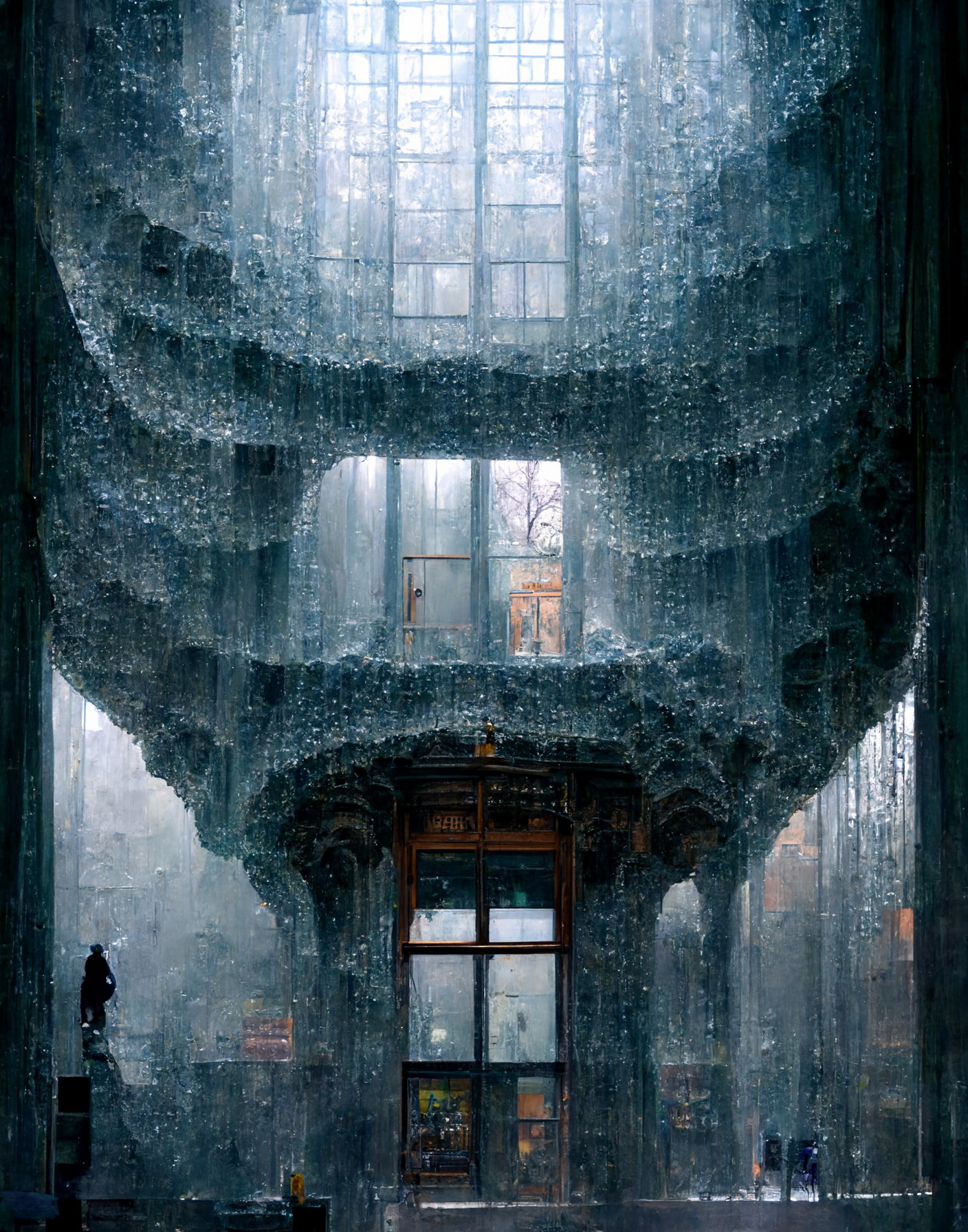
Smart conversation: He always envisioned art and design to be a conversation between the creative and the medium —it’s not unilateral but a beautiful, slow dance. This is the experience that AI evokes, as it enriches artistic concepts in ways never imagined before.
Community: MJ developers are organizing open office hours every week. In these meetings, they explain their processes, business model, and future goals while opening the floor of discussion to literally all users to debate, discuss and recommend. On top of there have been great networks between designers, architects, artists, and even non-professionals which are being developed worldwide. This kind of community involves everyone in holistic and inclusive conversations and collaborations on social media (especially on Instagram). The endeavor of discovering this new realm makes you believe –amid all what’s happening in the world- those different people from different cultures can stick together, forming a complex intangible entity where the sum is more significant than its parts.

Although current Midjourney models lack personal stylization tools. There is an ongoing effort to make a holistic model that combines the features of all the models. As seen in their latest V4 model, which focuses more on creating photorealistic results “probably through macro sampling”. However, one issue with the new model is that it removes much of the “artistic vibes” from the image. Also, the recent remaster tool allows the regeneration of V3-generated images using V4 new capabilities. Hassan Ragab mentioned that he doesn’t like the V4 model. He believes that the models will be developed between creativity and photorealism. It is also worth noting that other AI tools offer more smart post-processing features. An example is the new Outpainting tool in DALL·E 2. He had the chance to try Outpainting in Midjourney outputs. He mentioned that he was genuinely impressed by the outcome.
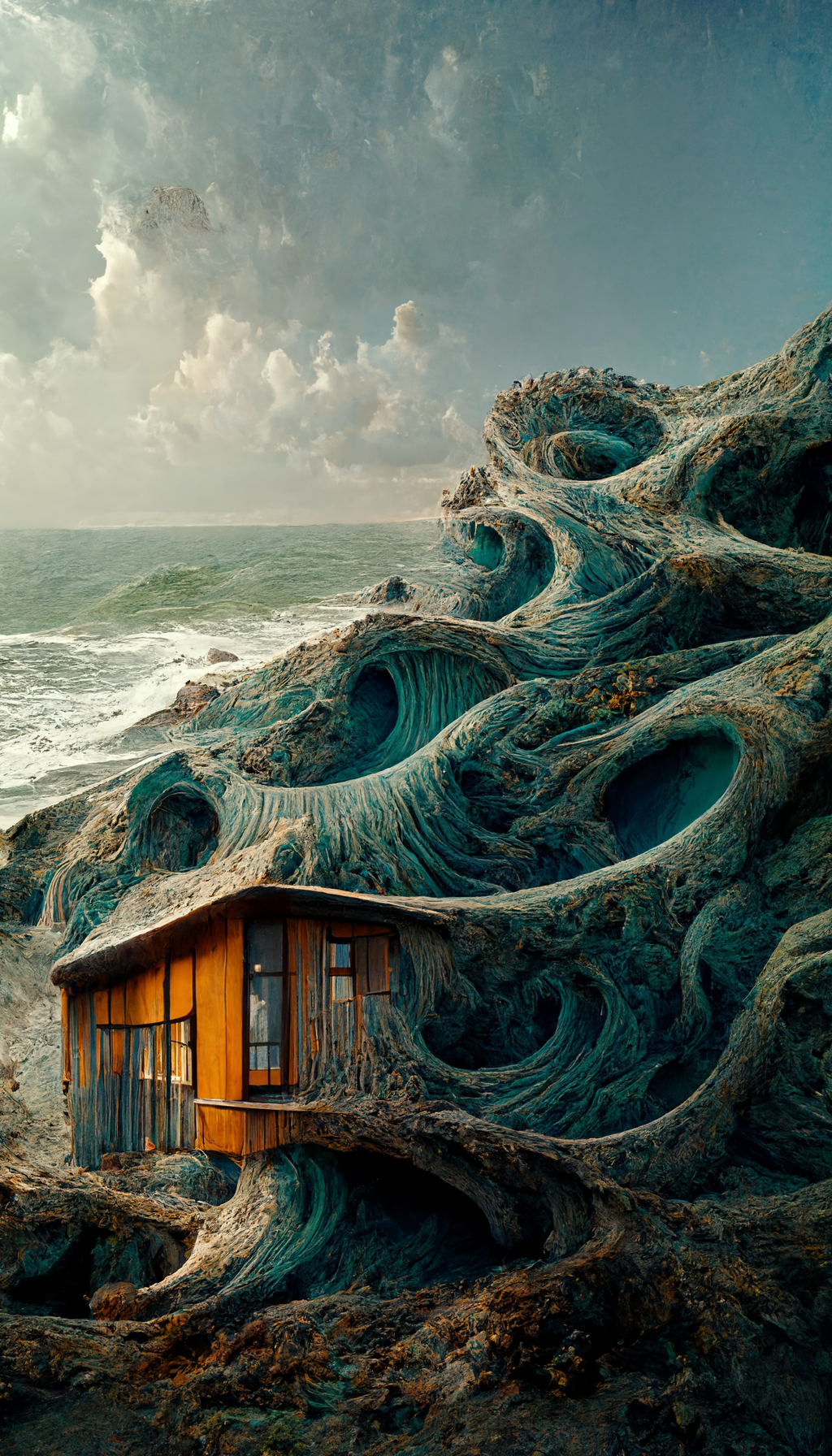
Cons
According to Hassan Ragab, working with any AI text-to-image, it’s a precedent for any creator to implement so many ideas in such a short time. These impacts make users fussier about the results than ever before, resulting in frustration after the euphoria the user gets as a newbie. We are still learning to adjust to this new medium, and this might take a while to comprehend the present reality fully.
Being the democratic tool (available to anyone willing to use it) that the AI generators are, there are just too many ideas out there that are just too great. Too many people are developing great concepts in such a short time, which sets the bar higher by the minute. While this might create the environment of a healthy competitive realm, it also puts some pressure on the AI creators. They feel like they must always be aware of every day’s development and execute their ideas as fast as they can before someone else could beat them to it.
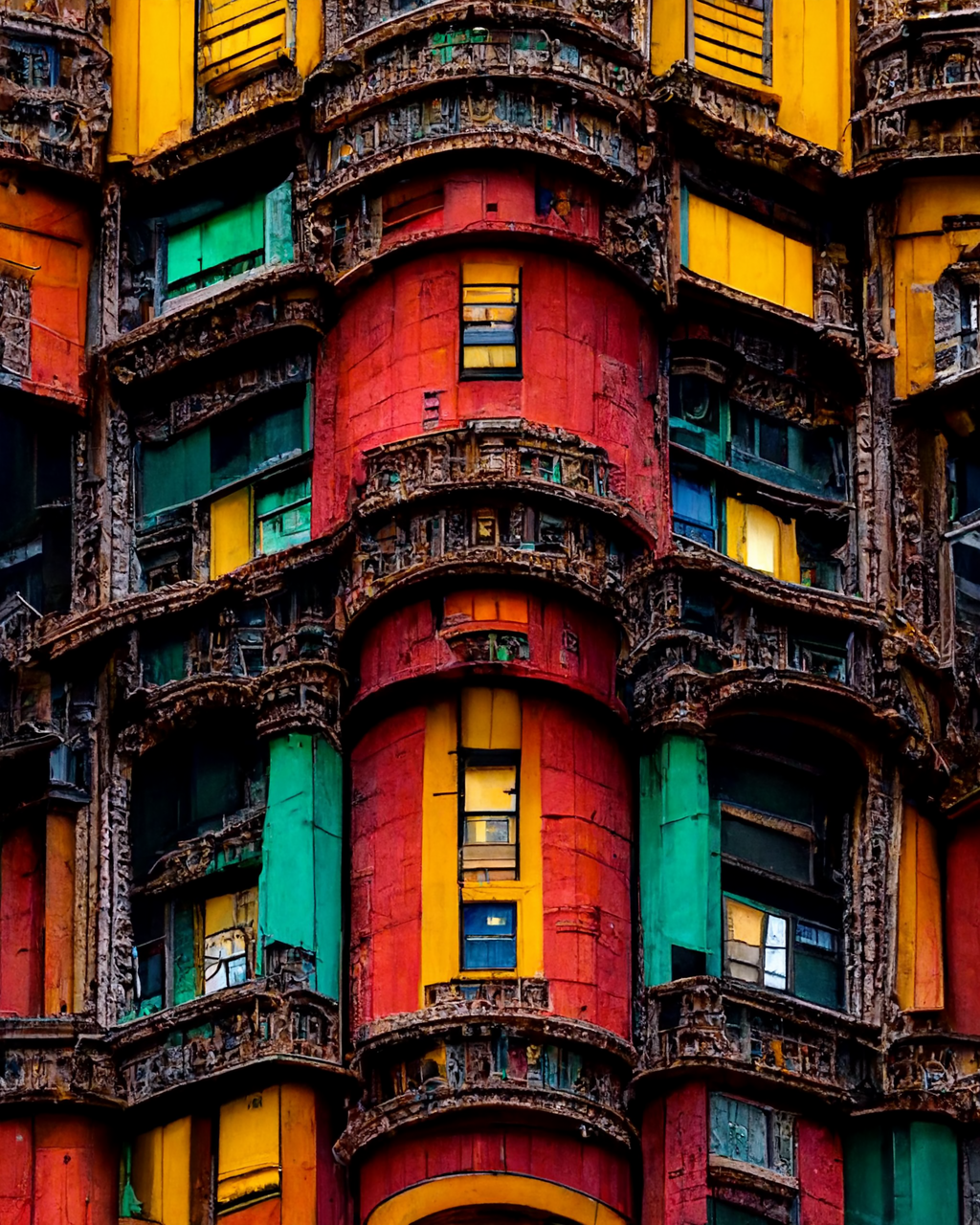
As he mentioned, the Midjourney models learn from us and feed the results back. As time goes by, this started to manifest itself in the emergence of some “universal/apocalyptic style”. This is also due to the lack of customization abilities in Midjourney and the limitations of adjusting the model to your style. He finds this a crucial flag. Not taking this seriously might endanger diversity and individualism, which art is all about.
Lack of diversity in the dataset for non-western architectural landmarks might lead to the users’ lack of demographic diversity. Both of which might drive this technology away from inclusivity and diversity. This is what he dislikes most about working with Midjourney. As an Egyptian, he always finds excellent architectural inspiration from his home country. Egypt has one of the richest architectural histories in the world, but he struggles to use Egyptian landmarks and cities in a meaningful way. The poor datasets of particular places; architectural and artistic styles are significant limitations for many creators in Egypt and worldwide. This limitation might drive some users away from these techniques to explore other methods with extensive representation in the model dataset, like Zaha Hadid’s work.
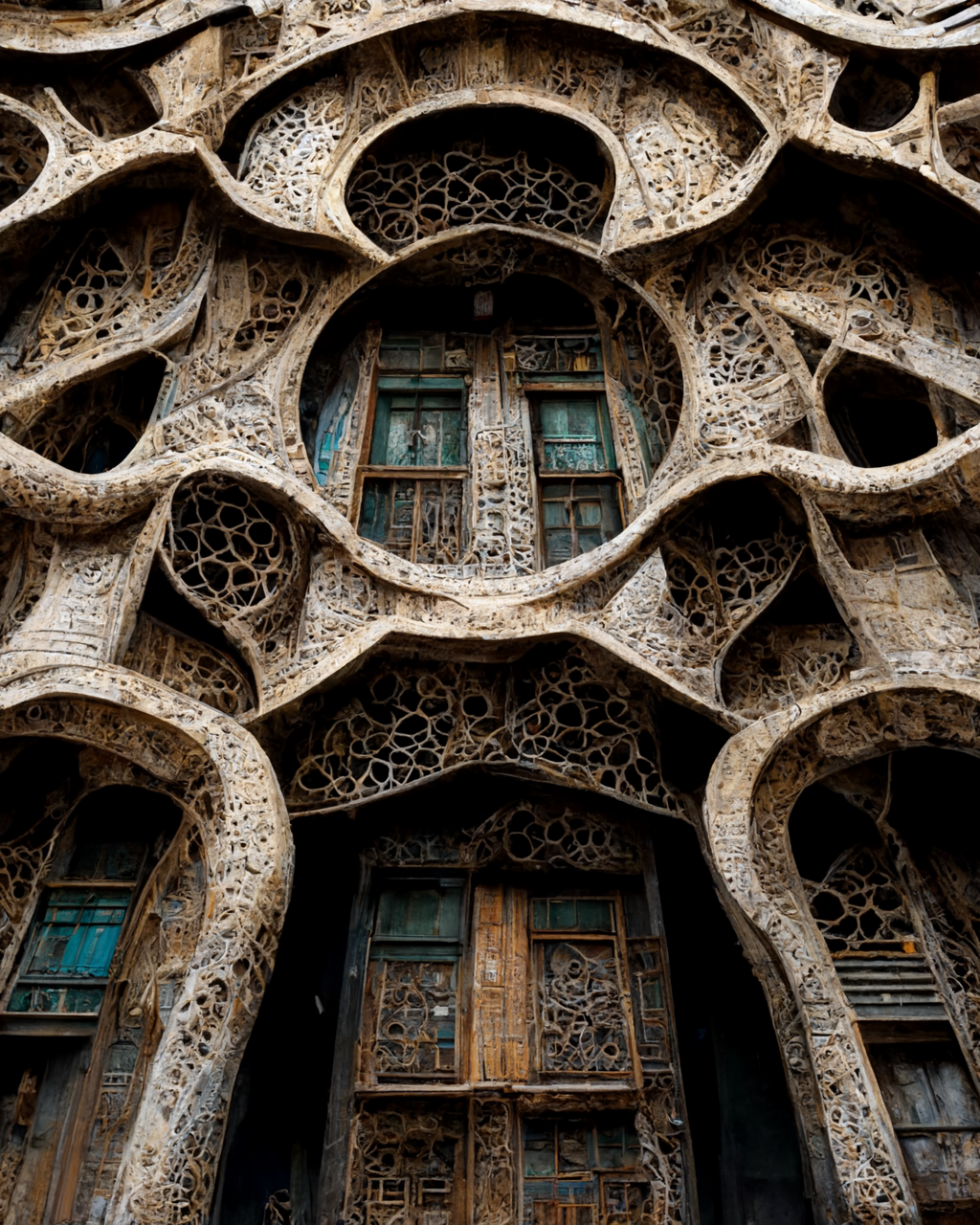
To conclude, regardless of the ongoing debates and the apocalyptical flags, he believes that AI tools are here to stay. It is already changing the creative world as we know it and loudly knocking on the architectural practice’s door. An excellent race in developing these tools is happening at an incredible pace. Artworks are attracting almost everyone, changing what we know about creativity and making many acquired skills obsolete. He is hopeful about how these tools will change us for the better—these tools are perceived as two-edged weapons, requiring us to be considerate.
According to Hassan Ragab, We should be critical about our ways when dealing with said tools. We should always keep an open mind to what’s new while being aware and prepared for the coming shift, or else we will perish as creators.
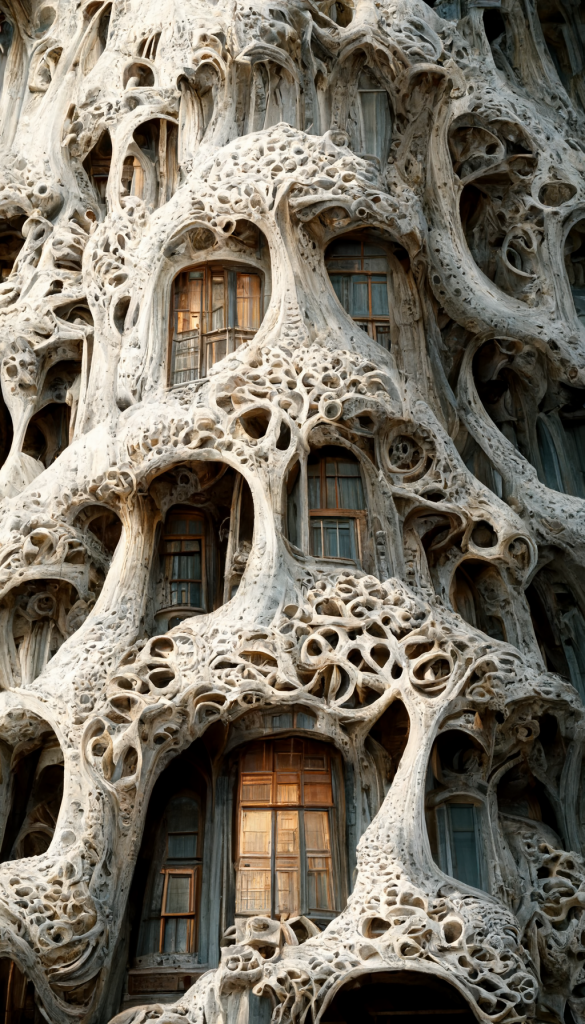
About Hassan Ragab
Hassan Ragab is an Egyptian interdisciplinary designer with an architectural background living in Southern California. His experiences vary between architectural construction, exhibition design, product, furniture design, textile design, and digital art. His work is better associated with computation, experimentation, digital fabrication, and exploring visual relationships between architecture, heritage, and arts through artificial intelligence.
Hassan Ragab is lecturing at Computational Design: NEXT 11 on 8-9th October 2022. Register for the program to learn more about Hassan Ragab’s works, and more!
Computational Design: NEXT 11 brings together pioneers and professionals from all industries to meet and discuss new emerging technologies in art, architecture, design, and manufacturing.



